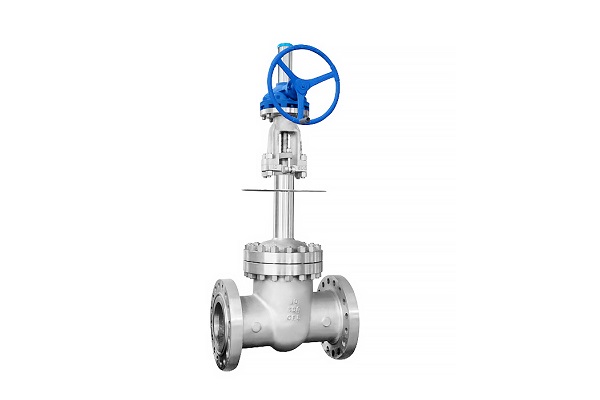The cryogenic valve adopts the long-necked bonnet superior. The output liquid low-temperature medium, such as ethylene, liquid oxygen, liquid hydrogen, liquefied natural gas, liquefied petroleum products, etc., is not only flammable and explosive, but also needs to be gasified when heated up, and its volume expands hundreds of times when gasified.
Cryogenic valves require long neck bonnets because:
(1) The long neck bonnet has the function of protecting the low temperature valve stuffing box, because the tightness of the stuffing box is one of the keys to the low temperature valve. If there is a leak at this stuffing box, it will reduce the cooling effect and cause the liquefied gas to vaporize. At low temperature, as the temperature decreases, the elasticity of the packing gradually disappears, and the leak-proof performance decreases accordingly. Due to the leakage of the medium, the packing and the valve stem freeze, which affects the normal operation of the valve stem and also causes slurry due to the up and down movement of the valve stem. Packing scratched, causing serious leakage. Therefore, it is necessary to ensure that the temperature of the filling part is above 8 °C.
(2) The long-neck bonnet structure is convenient for wrapping the cold-insulating material to prevent the loss of cold energy of the low-temperature valve.
(3) The long neck structure of the cryogenic valve is convenient for the quick replacement of the main valve parts by removing the valve cover. Since the process piping and valves in the cold section of the equipment are often installed in the 'cold box', the long-necked bonnet can protrude through the wall of the 'cold box'. When replacing the main valve parts, it is only necessary to remove and replace the valve cover without disassembling the valve body. The valve body and the pipeline are welded into one body, which reduces the leakage of the cold box as much as possible and ensures the sealing performance of the valve.

 WENZHOU WEITUO VALVE CO., LTD.
WENZHOU WEITUO VALVE CO., LTD.